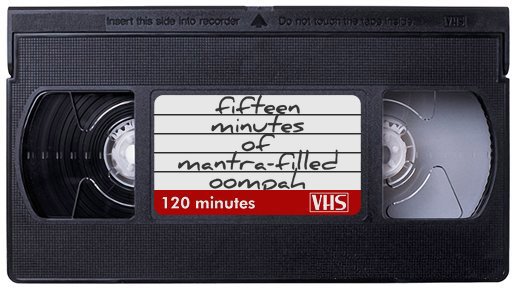
I’m sure you’re getting a bit bored of these things by now, so I’ll take a bit of a break after this.
However, it’s so long since I tried a critical review of a film or show that I feel like I’ve fallen off the horse. I’ll try to get back on soon with a look at
In The Loop; I saw a preview at the Curzon Soho last week, followed by a Q&A with Armando Ianucci.
Anyway, back to Bournemouth… After the warm-up exercises of units one and two, this was a considerably more substantial bit of work – a 30-minute script based on observational research.
The first part of the task was to spend a week at a location of your choice and compile a 1,500-word portrait of the place that would later form the basis of your drama. Having blown most of my leave on the course residentials, I needed to find somewhere that would throw up dramatic possibilities but also fit into my regular routines.
After a lot of head-scratching and sailing close to the rocks of panic a couple of times, the cold hand of the absolutely bleedin’ obvious slapped me around the chops and pointed out that I’d been gawping at the solution all along.
For my sins, I’ve been a season-ticket holder at Crystal Palace for several years now, and I suddenly realised it was the perfect location for my research. So, for several matches, I got there a few hours before kick-off and watched the life of the ground rise and fall, from the first staff arriving in the morning to the stewards slamming shut the gates after the last fan had left.
It didn’t take long for two main themes to emerge from the things I observed (a lot of which, typically, I couldn’t have made up in a hundred years).
The first was the fact that the ground is like a world within a world; passing through the turnstiles seems to represent leaving behind the complexities and problems of the outside world and entering an environment with a much simpler set of norms and priorities. This also explains the personality transplant some people undergo, from their (usually) reasonable everyday persona to ranting mania (which would be ugly in the 'real world' but is stylised - and probably cathartic - within the rules of the 'game').
The other thing that struck me is the variety of people that attend each match, with nothing in common other than supporting Palace. Croydon bills itself as London's most diverse borough, and the club's catchment area spreads from the urban neighbourhoods of SE London to the leafy Kent/Surrey commuter belt. This variety becomes apparent at the ground, where people who would normally cross the road to avoid each other join together as part of a bigger whole.
This created the image in my mind of a complex arrangement of lines that meet at a single point (Selhurst Park) and then continue in their various directions. This suggested a minature sort of
Magnolia/
Short Cuts structure for my screenplay.
Eventually I plumped for three stories involving girls or women (from a seven-year-old to an elderly widow) who were going to a game for the first time. I hoped this approach would force me to look with a fresh eye at stuff I see every week or fortnight but don’t really think about.
While three resolved storylines was probably a bit ambitious for a 30-minute script, the form seemed to match the arena perfectly, and it was certainly a useful exercise in interweaving separate storylines. I think the script was more chatty and televisual than the bolder 'filmic' scripts I’d done for the first two units, but it went down fairly well with my tutor and got me a good merit.
I know it should go without saying, but keen observation is one of the core skills a writer should develop. If you get your arena right, you’ll build a rock-solid foundation for your drama and find a rich source of inspiration for stories, themes and characters.
The world is out there – not just in other films or series – and it’s nearly always richer and more fertile with ideas and imagery than you could ever imagine. Again, I think this was an exercise and style of writing that I would probably never have taken on if I hadn’t been doing the MA.
As before, here’s the
final draft of my script.
EDIT: By popular demand, here's the
resource list as well.















